I’ve spent years scouting the city’s side streets, museum basements, rooftop gardens, and under-the-radar eateries, and I’m still surprised by how many places most travelers miss. In this guide to hidden gems in New York 2025, I’ll share real, lived-in finds alongside practical tips so you can explore with confidence and intention. I’ll highlight quiet pockets where New York breathes, small cultural spaces with big soul, and new openings flying below the radar. If you’re searching for authentic, research-backed insights on New York hidden gems, you’re in the right place.

Source: www.amazon.com
Neighborhood Pockets Most Travelers Miss
When visitors ask me where to feel the city’s real rhythm, I steer them toward smaller, story-rich corners. These aren’t just photogenic; they’re walkable, layered, and full of local texture.
- Two Bridges micro-walk: Start near Rutgers Slip and meander under the Manhattan Bridge. Peek into family-run bakeries, stop by tiny art studios tucked above deli storefronts, then loop to the East River esplanade for skyline views without the crowds. Early mornings are magic here.
- City Island, the nautical detour: Technically the Bronx, but mentally New England. I go for the maritime museum and casual seafood shacks. Time your visit around golden hour; the harbor light is cinematic.
- Ditmas Park stroll: A Brooklyn surprise of Victorian houses, tree-lined blocks, and indie cafes along Cortelyou Road. On weekends, I grab a coffee and do a self-guided architecture walk; it feels like a movie set.
- Roosevelt Island’s quiet arc: Ride the tram for the views, then wander south to Franklin D. Roosevelt Four Freedoms Park. It’s one of my favorite contemplative spaces for a quiet read or a slow picnic.
- Jackson Heights food crawl: Dense, delicious, and diverse. If you’re new, pick a small radius around 74th Street and try one dish each from Nepali, Tibetan, and Colombian spots. Bring cash and patience; it’s casual and unforgettable.
Practical tip: Use weekday mornings for neighborhoods you want to savor. Even the most crowded blocks feel intimate before 10 a.m., and you’ll chat more with locals when rush is low.
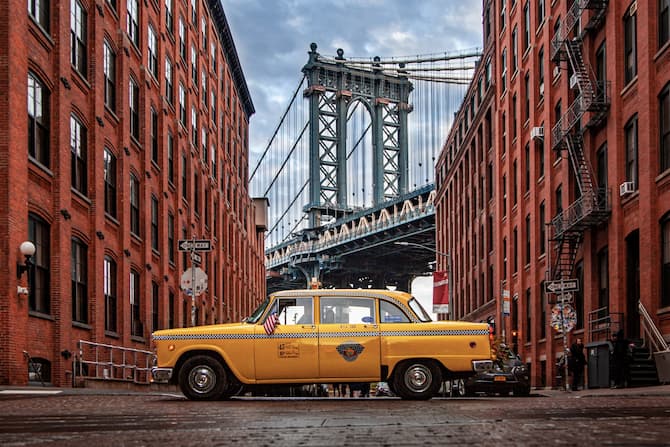
Source: adventurebound.sonesta.com
Underground Art, Culture, And Micro-Museums
The city’s boldest creativity often lives in small rooms and repurposed spaces. I’ve found that one afternoon spent in a micro-museum can be more memorable than an entire day in a blockbuster venue.
- Tenement storytelling: Smaller historical centers offering guided apartment tours make immigration history feel immediate. Book early; limited tickets keep groups intimate.
- Community theaters and late-night readings: Look for basement stages in the East Village and Bushwick. I keep a flexible evening and let the bill surprise me—playwrights often test new work here months before bigger productions.
- Archive rooms and object libraries: Design schools and cultural centers sometimes open their archives to the public on select days. You’ll handle real artifacts with staff oversight. Call ahead—policies shift and slots fill fast.
- Hidden concert series: Churches and synagogues host astonishing chamber music nights with pay-what-you-can entry. I’ve heard world-class quartets in pews with 40 people, then chatted with musicians over cookies afterward.
Research note: Smaller cultural spaces rely on rotating grants and volunteers; hours can change seasonally. I always confirm the schedule the day before to avoid surprises.

Source: www.amazon.com
Food And Drink Finds Off The Beaten Path
When friends ask for the “best,” I translate that to “fresh, consistent, locally loved.” Here are patterns I trust rather than just names that trend.
- Counter-service masters: Tiny counters specialize in one or two items—think hand-pulled noodles, regional dumplings, or a single roast. Watch what regulars order and follow suit.
- Weekday lunch windows: Family-run spots often shine between noon and 2 p.m. I’ve scored seasonal specials that never hit dinner menus.
- Markets with a mission: Community markets in Queens and the Bronx are treasure troves for spice mixes, fresh tortillas, and small-batch sweets. Vendors will happily teach you how to cook what you buy if you ask.
- Natural wine, no pretense: Seek neighborhood bars with chalkboard lists, backyard seating, and pour-by-the-glass tastings. I keep notes on my phone; staff love guiding curious drinkers to new regions.
- Dessert detours: Look for bakeries baking on-site with limited daily runs. If something sells out by mid-afternoon, that’s a great sign. I plan a 3 p.m. pastry stop between neighborhoods to reset my energy.
Money-saving tip: Share plates. Sampling two or three small dishes at multiple places creates a richer, more affordable map of flavors than one big sit-down meal.
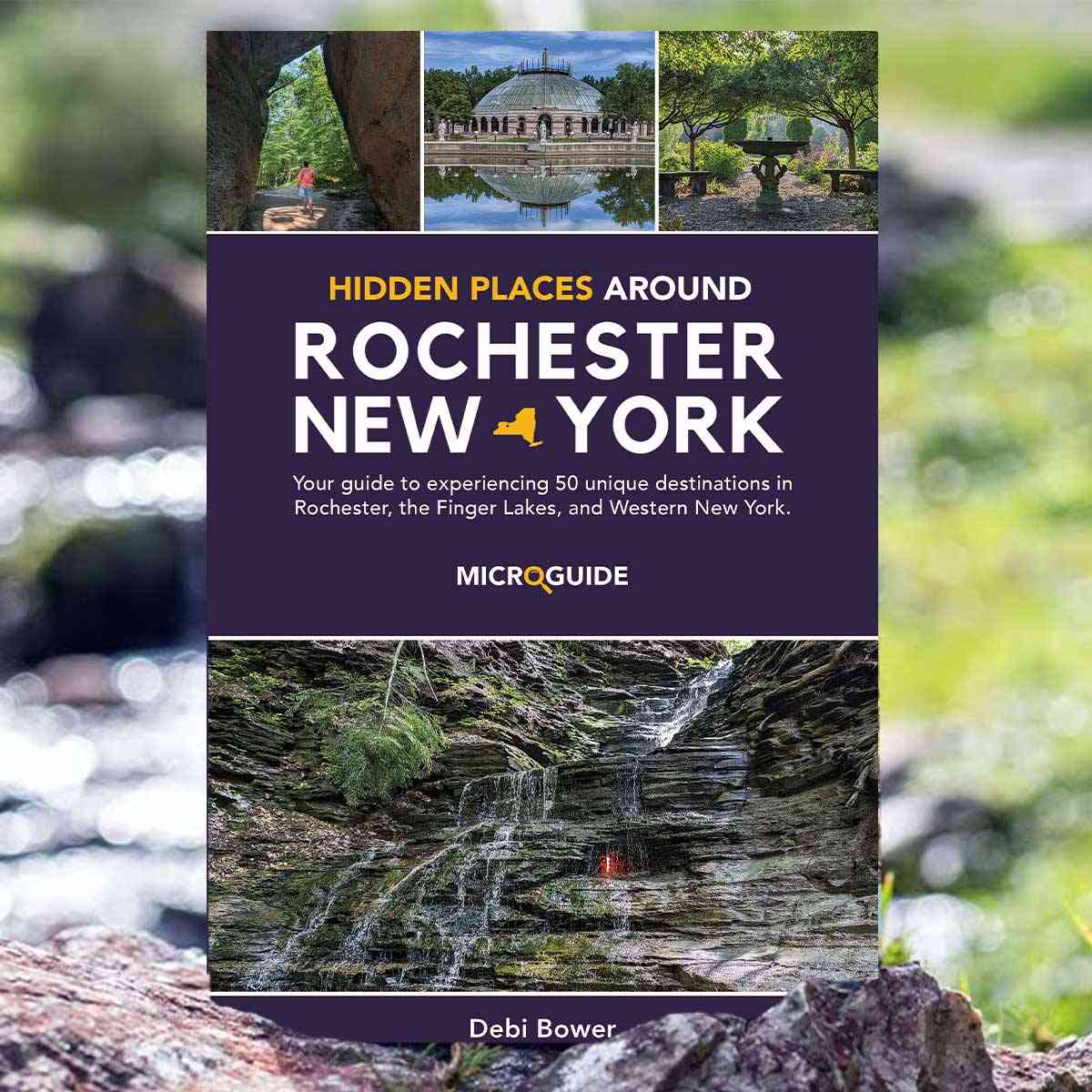
Source: daytrippingroc.com
Nature, Quiet Corners, And Unexpected Views
In 2025, serenity is a strategy. I treat green spaces like wellness appointments—you’ll do more and enjoy more after a reset.
- North Woods escape: The northern end of Central Park feels wild compared to the south. Choose the Ravine loop for mini-waterfalls and birding. I’ve seen herons here on weekday mornings.
- Riverside rambles: Start around 103rd Street in Riverside Park and head north. You’ll pass community gardens, stone arches, and underused benches perfect for journaling.
- Elevated vistas off the radar: Lesser-known overlooks in Randall’s Island offer wide-angle skyline views without the shoulder-to-shoulder crowds.
- Library sanctuaries: Branch libraries with reading gardens or light-filled atriums double as calm workspaces. I rotate a few depending on my day’s route.
Safety note: Parks feel different after dusk. I keep my quiet-time excursions to daylight hours and stick to main paths if I’m solo.

Source: www.amazon.com
Unique Experiences And Niche Tours
I vet tours by two criteria: depth and access. If the guide unlocks behind-the-scenes context or entry you’d never manage solo, that’s worth your time.
- Architectural walkalongs: Small-group tours with an architect or preservationist deepen your eye. You’ll start spotting cornices, keystones, and adaptive reuse in minutes.
- Food anthropology walks: Guides from the community unpack migration stories through tasting menus on the street. Bring questions; these are living history classes with snacks.
- Night photography loops: Guided sessions on bridges or waterfronts teach composition and security best practices. I’ve improved my low-light shots dramatically through these.
- Urban ecology tours: Learn about shoreline restoration, pollinator corridors, and native plantings shaping the city’s next decade.
Booking advice: Choose groups capped at 10 to 12. You’ll hear everything, move faster, and get your questions answered.
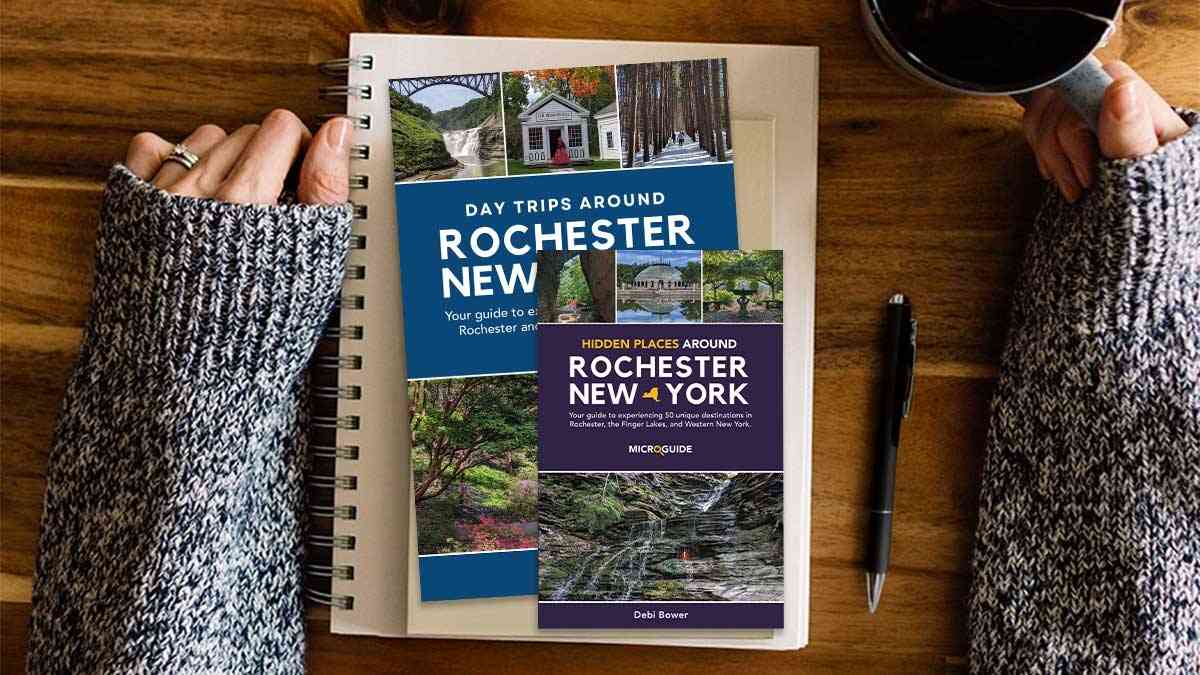
Source: daytrippingroc.com
What’s New And Not Overrun In 2025
Each year, I track openings that fly below the algorithm. In 2025, several trends are worth your time:
- Small-format cultural spaces: Micro-galleries and artist-run rooms are flourishing, often pairing exhibits with workshops or studio hours.
- Reimagined public spaces: More plazas and pop-up green corridors are appearing in former traffic-dominated blocks, making street-level wandering safer and more pleasant.
- Community-led food halls: Instead of brand-heavy lineups, look for halls curated by local chefs rotating regional menus monthly.
- Historic sites with refreshed narratives: Expect updated exhibits that center firsthand voices, oral histories, and multilingual interpretation.
Transparency: Program details, hours, and access can change with funding cycles. I always double-check the venue’s own announcements the week of my visit and keep a backup plan within a 10-minute walk.

Source: www.amazon.com
How I Plan A One-Day Hidden Gems Route
This sample itinerary balances culture, food, and nature while minimizing transit time.
- 8:30 a.m. Quiet outlook: Ride the tram to Roosevelt Island, walk to Four Freedoms Park, journal for 20 minutes.
- 10:00 a.m. Micro-museum: Book a small historical tour with timed entry.
- 12:30 p.m. Lunch crawl: Two Bridges or Jackson Heights—three small dishes across three spots.
- 2:30 p.m. Green reset: Riverside Park north segment, 30–40 minutes with a coffee to-go.
- 4:00 p.m. Gallery or archive: Drop into a community gallery or object library with posted visiting hours.
- 6:30 p.m. Hidden concert: Chamber music in a neighborhood venue; pay-what-you-can.
- 8:30 p.m. Dessert finale: A bakery with limited daily bakes; grab one to walk.
What I pack: refillable bottle, portable charger, compact umbrella, cash for small vendors, and a lightweight notebook.
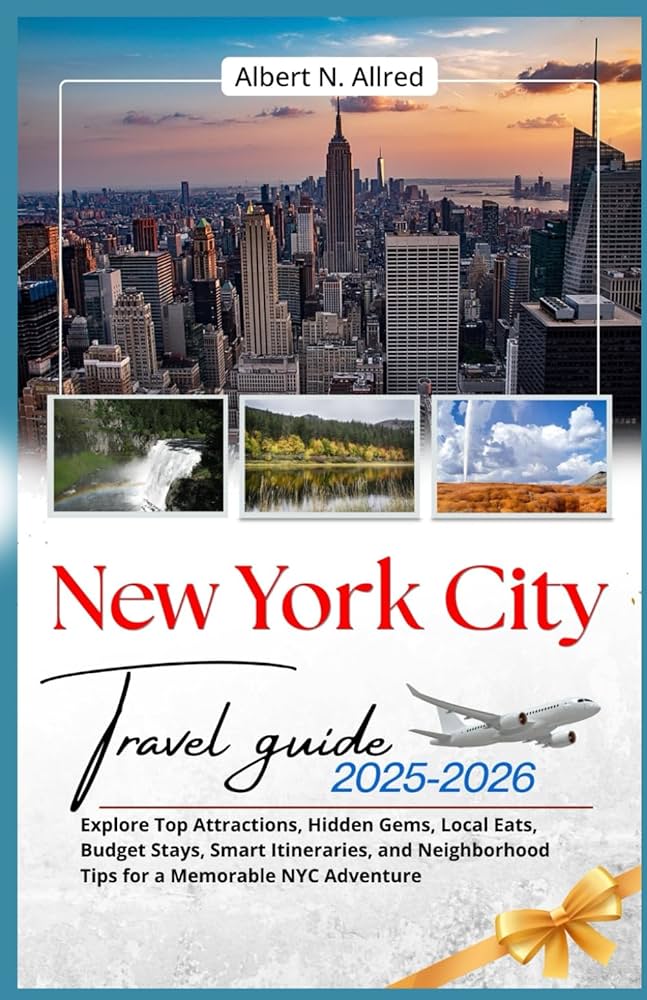
Source: www.amazon.com
Budget, Safety, And Accessibility Tips That Actually Help
– Transit: Load a contactless card on your phone for subways and buses. It speeds transfers and helps track spending.
– Free and low-cost culture: Many small venues offer sliding-scale tickets; subscribe to their newsletters for code drops.
– Timing: Mornings for neighborhoods, late afternoons for parks, early evenings for culture. This pacing avoids bottlenecks.
– Accessibility: Check venue notes on elevators, ramp access, and seating. Smaller spaces are improving, but not uniformly.
– Solo travelers: Share your rough route with a friend and keep location sharing on. I also pin well-lit meet-up points on my map.
Data note: City metrics show continued growth in neighborhood cultural programming alongside improvements to pedestrian spaces in 2025, but conditions vary by borough and season.
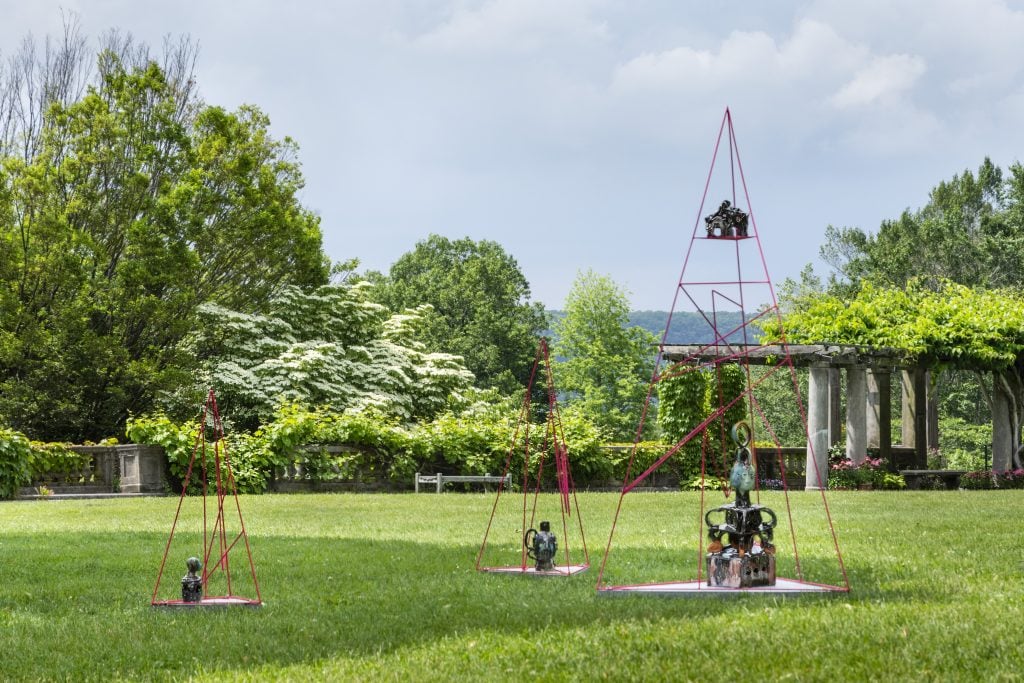
Source: news.artnet.com
Frequently Asked Questions Of Hidden Gems In New York 2025
What Are The Best Times To Explore Hidden Gems Without Crowds?
Weekday mornings before 10 a.m. or late afternoons on Tuesdays and Wednesdays. Avoid holiday weeks and major event weekends.
How Do I Find Legit Small Venues And Tours?
Check the venue’s own announcements first, then cross-check with recent attendee reviews. Favor groups capped at 10 to 12 and guides with professional or community credentials.
Are These Spots Safe For Solo Travelers?
Generally yes in daylight. Stick to main paths in parks, keep valuables tucked away, and plan routes in advance. For night activities, choose well-reviewed venues and stay on lit streets.
Can I Do This On A Tight Budget?
Absolutely. Use pay-what-you-can concerts, sliding-scale museum hours, and food crawls with shared small plates. Transit plus walking keeps costs low.
What Should I Pack For A Full Day Of Exploring?
Refillable water bottle, portable charger, compact umbrella, cash, and comfortable shoes. Save offline maps for areas with spotty service.
How Do I Respect Local Communities While Visiting?
Keep sidewalks clear, ask before photographing people, avoid loud phone calls near residences, and support small businesses directly.
Wrap-Up And Next Steps
New York’s best-kept secrets aren’t hidden so much as quietly waiting for anyone willing to slow down. In 2025, you’ll find them in pocket parks with birdsong, in kitchens perfecting one dish, and in rooms where artists experiment without spectacle. Plan lightly, verify hours, and stay curious—you’ll come home with stories, not just snapshots. If this guide helped, subscribe for my updated neighborhood routes, or drop a comment with your own finds so we can keep this map growing together.
Watch This Video on hidden gems in New York 2025




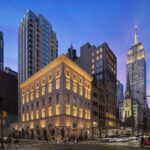
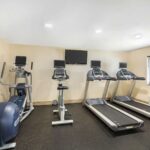

2 thoughts on “Hidden Gems In New York 2025: Local Secrets To Explore”
Comments are closed.